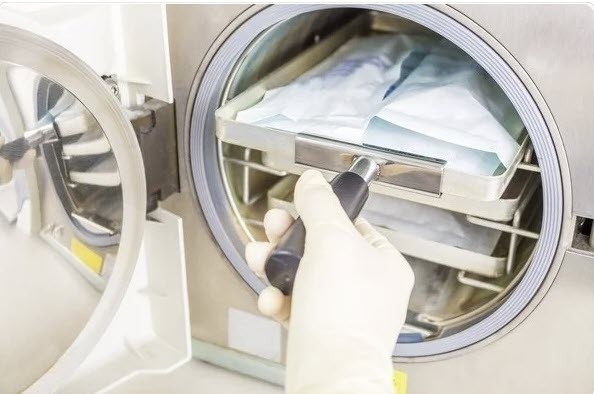
Fluoropolymers, a class of synthetic materials renowned for their unique properties and diverse applications, have left an indelible mark on modern technology and industry. Join us on an illuminating journey as we delve into the rich history, fundamental chemistry, processing techniques, structure, properties, and wide-ranging applications of these remarkable materials.
A Brief History
The story of fluoropolymers traces back to the early 20th century when chemists began experimenting with fluorine-containing compounds. In 1938, Dr. Roy Plunkett accidentally discovered polytetrafluoroethylene (PTFE), the first fluoropolymer, while working on refrigerants for DuPont. This serendipitous discovery laid the foundation for developing a family of fluorinated polymers with extraordinary properties.
Fundamental Chemistry of Fluoropolymers
At the heart of fluoropolymers lies fluorine, one of the most electronegative elements in the periodic table. Fluorine’s strong electron affinity and bond strength impart unique characteristics to fluoropolymers, including high chemical inertness, low surface energy, and exceptional thermal stability. These properties stem from the strength and stability of carbon-fluorine bonds, among the strongest known in organic chemistry.
Processing Techniques
Fluoropolymers are processed using various techniques, including extrusion, compression, injection, and sintering. However, due to their high melting points and low melt viscosities, processing fluoropolymers presents unique challenges. Specialized equipment and processing conditions are required to ensure uniformity, dimensional stability, and optimal performance in finished products.
Structure and Properties
These polymers exhibit a range of structures and properties depending on their molecular composition and processing methods. PTFE, for example, features a highly crystalline structure with long polymer chains arranged in a random coil configuration. This structure contributes to its exceptional chemical resistance, low friction coefficient, and non-stick properties. Other fluoropolymers, such as polyvinylidene fluoride (PVDF) and ethylene tetrafluoroethylene (ETFE), possess distinct molecular architectures that endow them with specific properties suited to various applications.
Applications
Fluoropolymers are widely used across numerous industries thanks to their exceptional properties and versatility. In the automotive sector, PTFE coatings provide lubricity and wear resistance in engine components, while fluorinated elastomer sealants ensure long-term durability in automotive gaskets and seals. In the chemical processing industry, fluoropolymer linings protect equipment from corrosive chemicals, ensuring safety and reliability. Fluorinated polymers are insulating materials in high-performance cables and wire coatings in electronics. From aerospace to healthcare, construction to consumer goods, the applications of fluoropolymers continue to expand, driven by their unique combination of properties and performance advantages.
Fluoropolymers represent a triumph of scientific innovation and engineering ingenuity, offering a glimpse into the vast potential of synthetic materials. From their serendipitous discovery to their ubiquitous presence in modern industry, fluoropolymers have reshaped the technological landscape and empowered countless innovations. As research and development efforts continue, the future holds even more tremendous promise for these remarkable materials, paving the way for advances in sustainability, efficiency, and performance across diverse applications.
In conclusion, the story of fluoropolymers is a testament to human curiosity, perseverance, and the transformative power of science. Join us as we explore the fascinating world of fluoropolymers and uncover the secrets of these extraordinary materials that continue to shape our world.

